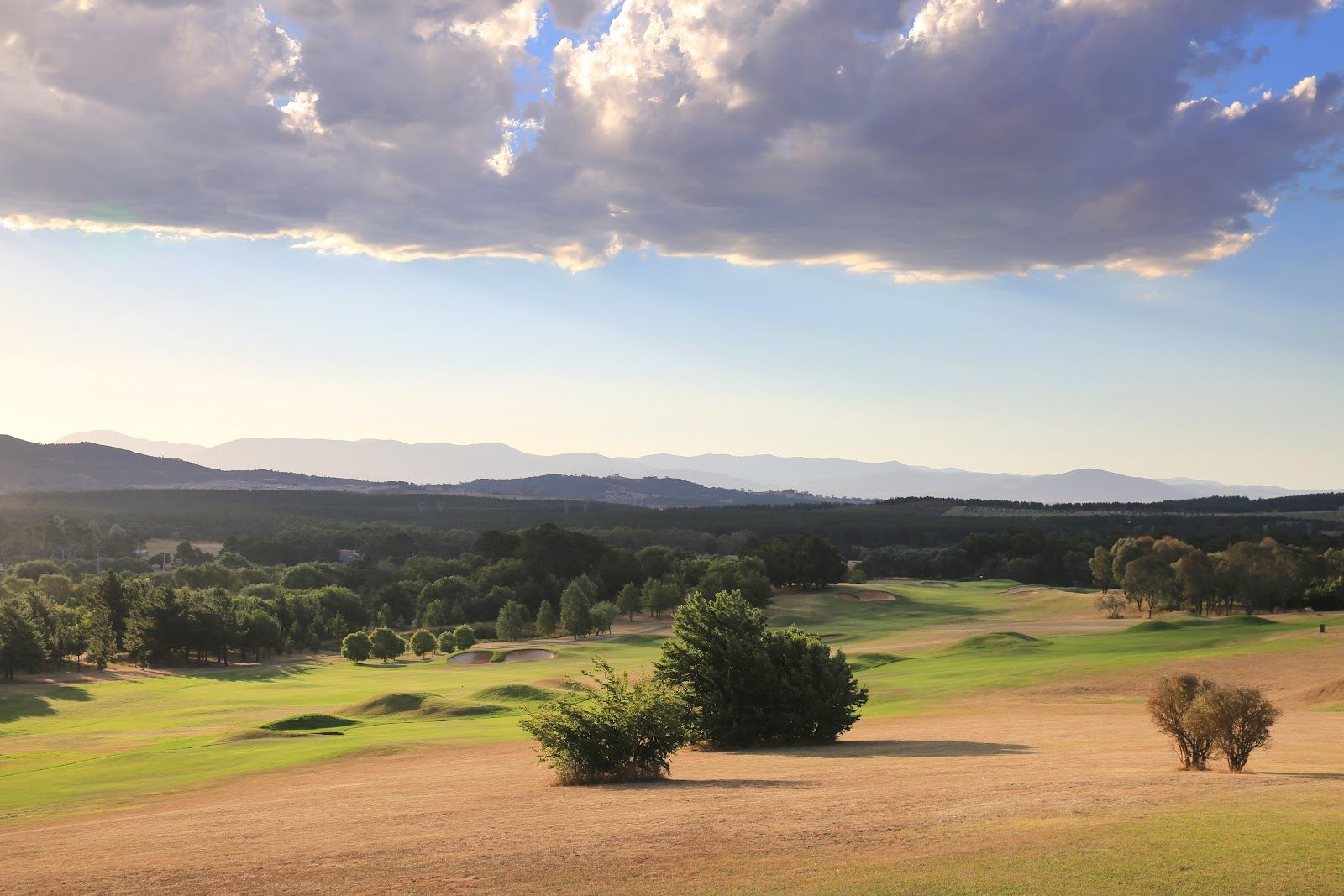
 Mike Clayton
Mike Clayton- Address71 Bentham St, Yarralumla ACT 2600, Australia
- Championships hosted
Canberra Golf Club (later named Royal Canberra Golf Club in 1933) was established in 1926 and the club's original 9-hole course was situated on the banks of the Molongo River at nearby Acton. When the river was dammed to create Lake Burley Griffin in 1963, the club was forced to relocate to its present site in the suburb of Yarralumla.
Just after World War II, the Sydney golf professional James Scott designed a new 27-hole layout at Westbourne Woods but his plans remained on the drawing board until Commander John Harris dusted them off almost twenty years later and routed an 18-hole course through the arboretum, drawing comparisons with Augusta National in the USA.
The Harris design featured enormous greens, many of them two tiered, and these putting surfaces are among the largest in the country. Tee boxes are also big, offering clear views of any fairway bunkers that are in play. Although there are no hidden hazards, accuracy off the tee is essential for good scoring.
Peter Thomson's design company started work on a third nine in 1994, using land to the southwest of the 18th hole. Three years later, these holes opened for play on the same day that the new clubhouse was unveiled, replacing the 1963 one which burned down in 1995. More recently, Michael Clayton's design company has upgraded the Westbourne course and there are plans to improve the nine laid out by Thomson in the near future.
Michael Clayton very kindly supplied us with the following exclusive quote:
Royal Canberra was, for some, one of the most over-rated courses in the country because it had a nice ambiance, pretty trees and good undulation but the golf architecture was poor and reliant on a few good holes - primarily at the 9th and 16th.
It was known as Australia’s Augusta because it was hilly and had lots of pines but, in truth, the course bore little resemblance. The fairways were narrow and lined with rough and the greens were surrounded by rough.
The bunkers were 6-8 feet from all the greens with rough between bunker and green. The putting surfaces drained poorly, as did the bunkers, which also looked particularly ugly.
Moving the 5th meant having to move the Thomson-built (early-1980s) 4th green. Peter had made the original 4th a par five and, to compensate, the 6th a par four. Now it’s back the way it was, with the 4th as a par four and the 6th as a (much better) par five.
We fixed the two reverse camber doglegs – at the 5th and 12th – by moving tees. On hole 12, imagine the 14th at Augusta National with the tee 40 yards to the left!!
We widened the 14th to bring the lake into play and cut a creek, like the 13th at Augusta National, across the front of the left doglegged, 520-yard par five 15th. It’s not a great tee shot but a brilliant long second if you go for it and an interesting lay-up and pitch if you don’t.
We rebuilt every green and bunker and removed the trees that were encroaching to make it a much better course. I think it’s one of our best redesigns (along with The Lakes). It still has all the things people liked (such as ambiance, conditioning, clubhouse and a reputation as a classy club) but it now has course architecture to match.
Course Reviews
Leave a Review
This course has not been reviewed.
If you have played this course, consider .
Thanks for the review
Your review has been successfully submitted and will be reviewed for approval.
Course Reviewed
You’ve already submitted a review for this course.
Course Architect
View All
Playing on Melbourne’s sand belt courses as a young man sparked an early interest in golf course architecture for Mike Clayton so it was a natural progression for him to form his own design practice.



